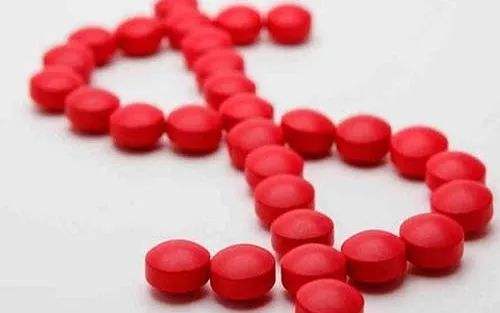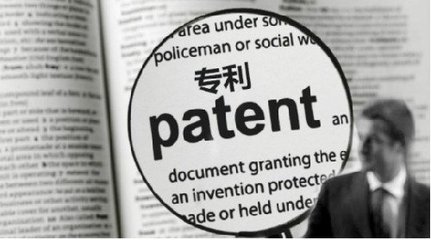
NEWS
最新消息
Can Drug Repositioning Be Applied for Patent?
- 分类:最新消息
- 作者:华讯知识产权
- 来源:
- 发布时间:2019-06-02 15:39
- 访问量:
【概要描述】Factually,the“existingdrugs”asdescribedintheDrugRepositioningarenotlimitedtotheexistingdrugsintroducedtothemarkets,andalsocoverthepotentialcandidatesthatwere/arecurrentlyinthepre-clinicalorclinicalres
Can Drug Repositioning Be Applied for Patent?
【概要描述】Factually,the“existingdrugs”asdescribedintheDrugRepositioningarenotlimitedtotheexistingdrugsintroducedtothemarkets,andalsocoverthepotentialcandidatesthatwere/arecurrentlyinthepre-clinicalorclinicalres
- 分类:最新消息
- 作者:华讯知识产权
- 来源:
- 发布时间:2019-06-02 15:39
- 访问量:
Factually, the “existing drugs” as described in the Drug Repositioning are not limited to the existing drugs introduced to the markets, and also cover the potential candidates that were/are currently in the pre-clinical or clinical research. Although it is not a new concept, the drug repositioning may lower the failure rate and R&D costs. In consideration of the high failure rate in the clinical research of new drugs in these years, looking for the new indications of the existing drugs becomes a new strategy that is extremely attractive and can optimize the costs/benefits of the drug manufacturers; and what is more important, the drug repositioning is specially applicable for the treatment of rare disease. Due to fewer quantity of the patients suffering from rare diseases and limited market, it is hard to make profits within the development framework of traditional drugs, many enterprises are not willing to enter these fields. The drug repositioning strategy can make up the new drug development gap in this field.

However, the challenges that the drug repositioning faces are mainly from the following three aspects:
1. Patent
First of all, the drug repositioning is challenged by the intellectual property right access threshold. The patent application and implementation of new indications are key reasons to drive the pharmaceutical enterprises to develop the drug repositioning, because it has large influences on the benefits of the products. If the new purpose of a kind of existing drug is innovative, this kind of drug will be protected in most of the markets in the world; however, under the most circumstances, new indications have had literatures reported or researches conducted, except that the patent owners can prove that the indications developed are not within the scope of the existing patent; otherwise, this kind of drug repositioning is hard to be patent protected, therefore, it is especially important to determine the targeted indications and patent protection degree as soon as possible.
2. Regulation Policies
The USA NDA categories I and VI (new indications) and sNDA (new indications) are applicable for the applications for drug repositioning. The categories III (new agent) and IV (new combo) are applicable for the drug repositioning or new agents. The approval of most drug repositioning is before the expiration of the patent for the originally researched drugs. In addition, the drug repositioning used to treat the new indications is given by the FDA a three-year exclusivity period.
3. Organizational Obstacle in the Industry
If one project is not belonging to the core R&D direction of the company, the project is very likely to be suspended its development due to some factors, for example, fund, etc. This is adverse to re-development of the drugs applicable for new indications. The projects that cannot be finished by the company internally can be completed by raising money and by relying on the CRO’s platform and policy support. In addition, currently, the sharing of the pharmaceutical mechanism information and the clinical pharmacovigilance information among enterprises is also conservative. It is very helpful to further share the results of the drug repositioning in progress.

Whether Are the New Purposes of the Drugs the Patentable Object?
Whether are the drugs with new purposes patentable? The answer is definitely YES. This can be filed an application for new indications (new purposes). Of course, whether it is approved is subject to investigation of its three features. Novelty mainly focuses on whether such new purpose is substantially disclosed. The Chinese Review Guidance for Patent points out, “for the invention of medical purpose relating to the chemical products, their novelty review shall consider the following aspects:
(1) Whether is the new purpose materially different from the known purpose? Novelty is not established if the representations are different only but they are identical in nature.
(2) Whether is the new purpose directly revealed by the known functioning mechanism and pharmacological function? Novelty is not established if they are directly identical to the original functioning mechanism or pharmacological function.
(3) Whether is the new purpose belonging to the superordinate concept of the known purpose? The known subordinate purpose may damage the novelty of the superordinate concept.
(4) Whether are the features relating to the use of the drugs like drug-administrated object, administration method, way, dosage and time interval, etc. limiting the pharmaceutical process? Novelty is not established if it is reflected in the distinguishing features in the drug administration process.”
Creativity mainly investigates whether such purpose has sufficient scientific supports (like pre-clinical and clinical data). The utilization is used to prevent the trap of “diagnosis and treatment methods of diseases”.
As for the patent protection of such kind of drug, the original R&D companies have two solutions available, i.e. (1) applying for extending the protection period of the known compound patent of such kind of drug, or (2) applying for the new patent for such kind of drug. In practice, many pharmaceutical companies tend to adopt the second one, i.e. applying for the new patent for such kind of drug. Such strategy maximizes the life circle of the drug and enlarges the patent protection scope; however, this is also limited by the patent law and review practice.
In the USA, although the compound may be not patent protected, such compound is used for new indications, i.e. new purposes of known drugs (or the second indication). If it is determined to be new or unexpected, it is generally patent protected. In the USA patent application practice, the scope of claims of the new purpose patents that can be approved is wide, even including some restrictions like scope of patients, for example, the factors affecting the treatment effects such as gender, race or age, etc. The patent offices in many countries hold that the patent of the second indication extends improperly the protection of the drugs without new drugs, therefore, such claim is rejected for patent rights.

Conclusion
Under specific circumstances, the new purposes/new indications of the drug compound are the objects that are patent protected, but the patent approval is subject to the challenges in respect of novelty and creativity. This requires the pharmaceutical enterprises to note the requirements of the patent law and review practices during their R&D process. Under the tendency of production and market internationalization, the international applications for drug patents have been already the Must-Do strategic need. Formulating different patent application strategies by using the different provisions on the claims of the new purposes of the compound in different countries is the required contents for the high-level patent services. The new purpose of a known drug subject to patent protection may have a large profit return. Therefore, once the pharmaceutical enterprises find the new indications of the known drug, even if the patent rights of such compound is not owned, it is also required to file the international application for the patent of new purposes of such drugs, and determine the claim form and scope of the country application according to the different provisions of these countries.
References: http://med.sina.com/article_detail_103_2_58658.html
http://www.dxy.cn/bbs/topic/26682958


美国联邦巡回上诉法院表示娇生公司 全球畅销精神分裂症药物的专利可能无效

注射用醋酸地加瑞克专利无效口审将于本月底进行

外观专利如何进行海外布局?










